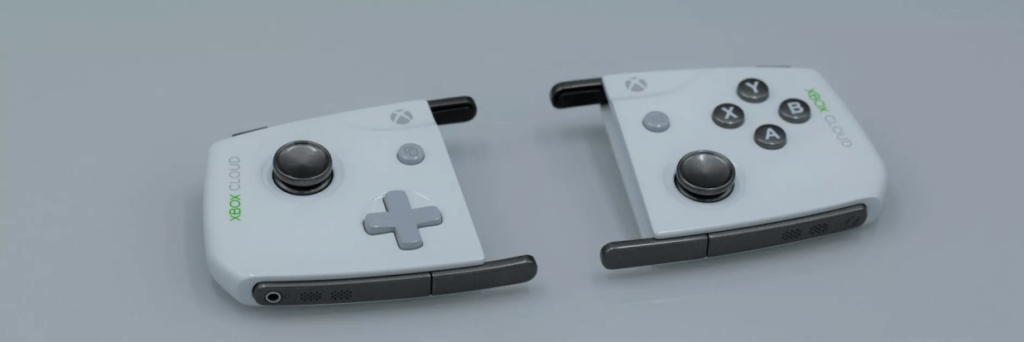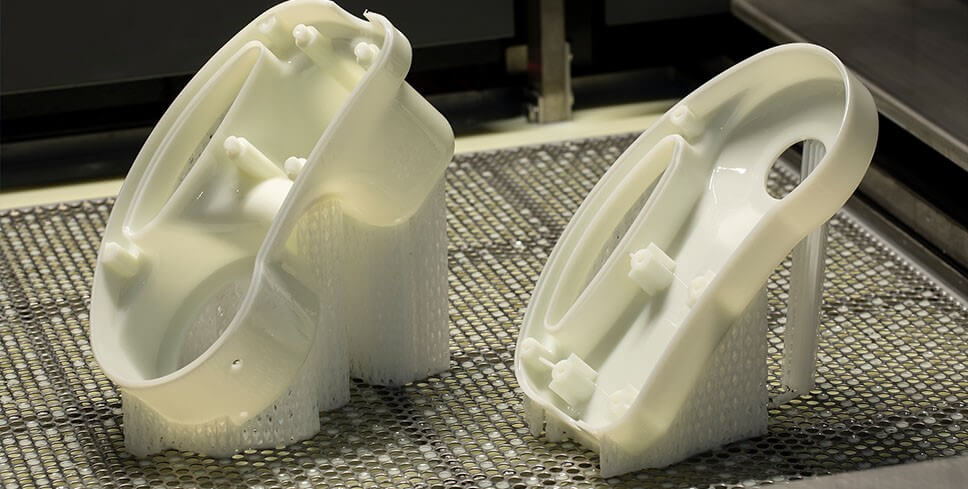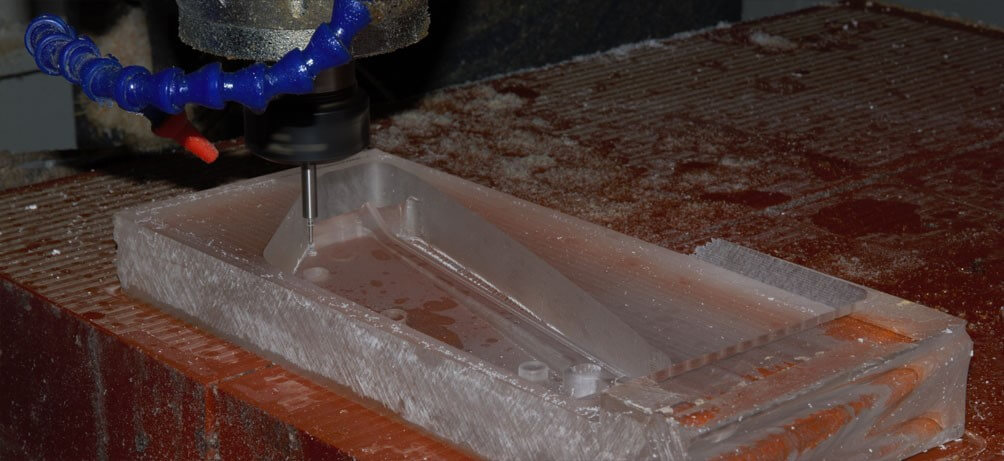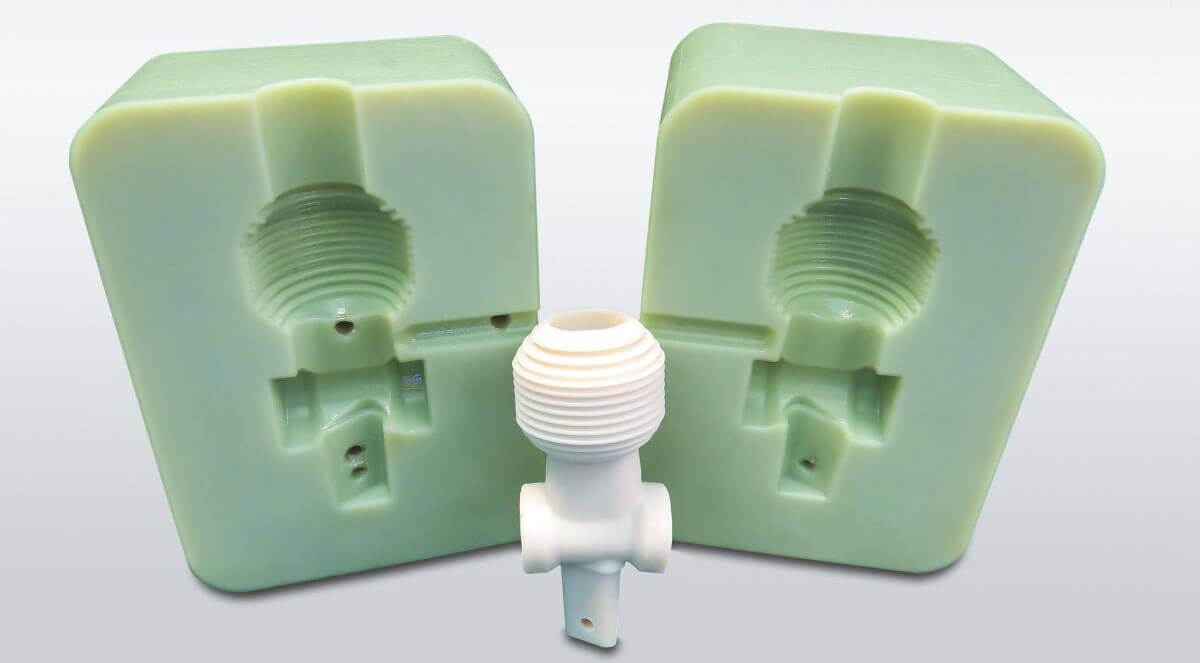How Plastic Prototypes Are Made
In almost every instance of product development, no matter what industry it applies to, prototyping is a necessary stage that will ultimately determine the success of your production efforts. The rise of rapid prototyping has made it easy and affordable to quickly iterate plastic prototypes. However, there is a range of manufacturing technologies capable of producing plastic prototypes, and knowing which one you should use will optimize the entire product development process.
Let’s look at how to make plastic prototypes using 3D printing, CNC machining, injection molding, and vacuum casting. While each technology has its own advantages, understanding the inner workings of the technology, compatible materials, and common applications will help you decide which rapid manufacturing technology is best for your plastic prototype.

1.3D Printing
① How to Create Plastic Prototypes with 3D Printing
Additive manufacturing, commonly referred to as 3D printing, is actually a general term that covers a number of different manufacturing technologies. The three most popular options for producing plastic prototypes are fused deposition modeling (FDM), stereolithography (SLA), and selective laser sintering (SLS).
FDM 3D printing uses an extrusion process to deposit plastic material layer by layer until an object is formed. This is the most widely used form of 3D printing and is used almost exclusively by the maker community and consumers. Industrial-grade FDM 3D printers can be used to create high-resolution and high-strength plastic prototypes, depending on the material used.
PLA (polylactic acid) is a versatile and affordable material if you want to create colorful, mechanically insignificant prototypes. It can even be fused with wood and metal composites to create exotic filaments, or spliced with mechanically superior materials like carbon fiber for added functionality.
But in the industrial world, most other 3D printing materials tend to offer more functionality than PLA. For example, ABS is an age-old material used to create plastic prototypes, and is great for functional prototypes that will withstand a lot of impact, wear, or heat. This material is widely used in the automotive and aerospace industries, and is also great for electronics, consumer products, and more.
Nylon is a material that can be used for FDM and SLS 3D printing that is known for being tough and flexible. It is great for creating functional prototypes as well as gears and tools. TPE and TPU are excellent 3D printing materials when you need a plastic prototype with rubber-like flexibility. The rubber-like properties of this material are very useful when producing plastic prototypes for protective gear, phone cases, and various industrial parts.
Other FDM materials include PETG, a thermoplastic most commonly used to make water bottles; and polycarbonate (PC), an industrial-grade material used to produce plastic prototypes for engineering applications and harsh environments.
Instead of using filaments, SLA 3D printing utilizes plastic resin materials to create plastic prototypes. The process uses a high-powered laser to solidify the model from a vat of resin. The process is widely used for a variety of prototyping purposes, especially in the medical, dental, and consumer goods fields.
Meanwhile, for SLS technology, the most commonly used material is nylon (PA 11 or PA 12). Because the technology uses a high-powered laser to sinter powder into a 3D model, both the material and the print quality are better than FDM. Plastic prototypes created by SLS 3D printing are generally more powerful and have higher resolution than FDM printing, and are more flexible and durable.
②When should 3D printing be used to create plastic prototypes?
Well, the best time to use 3D printing for prototyping needs is when you have a small number of products that need to be produced as quickly as possible. Additive manufacturing helps designers and engineers shorten product development time because they can quickly iterate plastic prototypes and test or modify designs. However, if you need to produce a large number of plastic prototypes, or need better mechanical properties than 3D printing, there may be a rapid manufacturing technology that is better suited for you.

2.CNC machining
① How to use CNC machining to make plastic prototypes
Another fast and feasible way to create functional plastic prototypes is to use CNC milling. This technology uses tools of various sizes to carve out 3D models from solid blocks of material. Compared with 3D printing, CNC machining offers more thread and undercut potential, tighter tolerances, smaller size limits, and more surface finish. Depending on the complexity of the plastic prototype model and the manufacturing service used, CNC milling can also provide extremely fast turnaround time. Learn more about plastic machining prototypes.
While it is often cost-prohibitive to produce injection molds for small batches of plastic prototypes, CNC machining allows you to test the shape, fit, and function of injection molded parts without producing injection molds. Xavier offers a wide range of plastics through our CNC machining services, including ABS, PC, PP, POM, PMMA (acrylic), HDPE, Teflon, PEEK, and more. To learn which material is best for your plastic prototype, you can contact our team of experts for more information.
② When should CNC machining be used to create plastic prototypes?
CNC machining has many advantages over 3D printing technology, one of which is the mechanical quality and the range of thermoplastic materials available. CNC machined parts can also improve the structural integrity of plastic parts, which is critical when creating functional prototypes. Typically, this production method is used to create plastic prototypes and is tested under the same conditions as injection molded parts.

3.Injection molding
① How to make plastic prototypes using injection molding technology
Although injection molding and rapid prototyping are sometimes used for mass production, it is also a fast and affordable method for producing plastic prototypes. After the metal mold is made, the plastic resin is fed into a heated barrel, mixed, and then injected into the metal mold with force. This plastic is quickly cooled into a solid part, making a plastic prototype with a high-quality surface finish and better mechanical properties than 3D printing.
Some of the most commonly used plastics for injection molding are also used for 3D printing and CNC machining. These plastics include ABS, PC, nylon, HIPS, PP, and polyethylene.
As we described when describing 3D printing, ABS materials are ideal for plastic prototypes that require impact resistance, toughness, and heat resistance. Injection molded PC is quite different from most other thermoplastics because it is able to deform without cracking or breaking, making it best suited for products such as eyeglass lenses, medical devices, and automotive parts.
Through injection molding, nylon can be used to produce plastic prototypes for increased stability and resistance to environmental factors such as wear and chemicals. On the other hand, polyethylene in the form of HDPE or LDPE has a variety of unique mechanical properties, including high levels of ductility, tensile strength, and impact resistance and moisture absorption.
To learn more about Xavier’s plastic materials for injection molding, contact our team of experts!
② When should injection molding be used to make plastic prototypes?
Injection molding remains the most popular method for mass production and prototyping, and is widely used in many industries such as consumer electronics, home appliances, medical devices, automotive, and aerospace.
4.Vacuum Casting
①How to Make Plastic Prototypes with Vacuum Casting Technology
Vacuum casting is another manufacturing tool that can be used to produce plastic prototypes. This unique technology is divided into three steps. First, the CAD design is made into a master model, which can be done through 3D printing or CNC machining. After the master mold is completed, a silicon-based casting mold is developed and the casting resin is filled into the mold cavity. As for materials, vacuum casting is compatible with a variety of materials from opaque to transparent, as well as a variety of colors.
Each mold can produce about 25 prototypes, with an average turnaround time of two weeks. All in all, this is a way to quickly realize your design into a plastic prototype, bringing the development process closer to mass production.
②When should vacuum casting be used to make plastic prototypes?
For plastic prototype production, vacuum casting is often used for small batch production, especially for objects such as shells or housings. The technology is also used for visual models or prototypes that do not have much mechanical use. At Xavier, we offer a variety of plastic materials for vacuum casting.
5.Conclusion
In summary, finding the right manufacturing technology and materials is crucial to the success of plastic prototypes. The Xavier team would be happy to help you find the process that’s right for you, so contact us today to learn more about our rapid manufacturing services.
